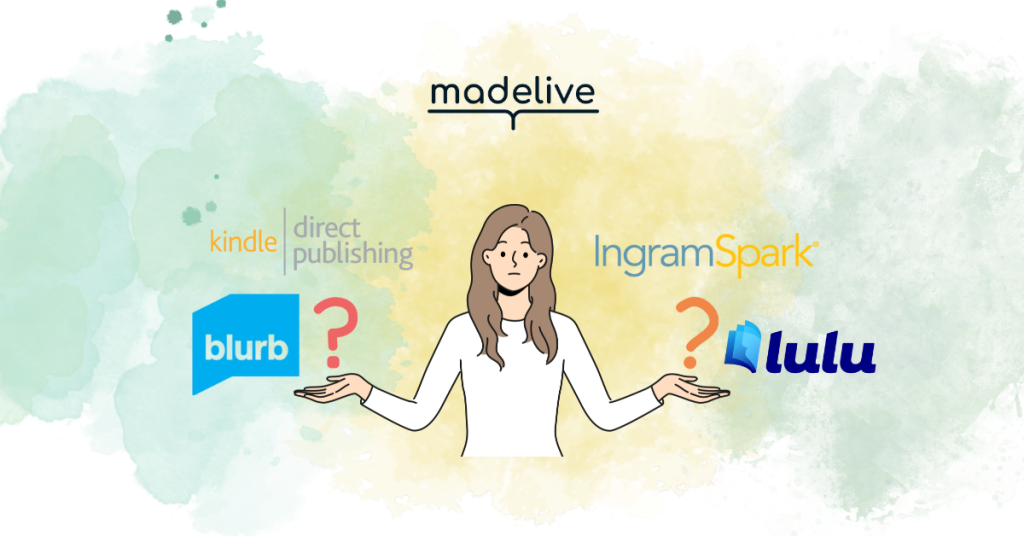Choosing the right size and trim for your children’s book is more than a matter of aesthetic preference—it’s a strategic decision that affects production, distribution, and reader engagement. This comprehensive guide explores the considerations self-published authors must weigh, including print-on-demand capabilities and the intriguing concept of aspect ratio clusters, to ensure their book stands out in the competitive children’s book market.
The Importance of Size and Trim in Children’s Book Publishing
When embarking on the journey of self-publishing a children’s book, authors must consider not only the narrative and illustrations but also the physical attributes of the book itself. The size and trim of your book can significantly influence its marketability, production costs, and appeal to young readers.
Understanding Print-on-Demand (P.O.D.) Options
Print-on-demand technology has revolutionized self-publishing by allowing authors to print books as orders come in, reducing upfront costs and minimizing unsold inventory. However, P.O.D. services offer specific trim size options, which can limit your choices. Familiarizing yourself with the most commonly supported sizes by major P.O.D. platforms ensures your book can be produced efficiently and reach a wider market.
Aspect Ratio Clusters: Maximizing Publishing Freedom
An often-overlooked strategy in book design is selecting a size within an aspect ratio cluster. Books within the same aspect ratio (the ratio of width to height) can be resized without altering the proportions of the content, offering flexibility in choosing a final trim size. For example, a book with a 1:1 aspect ratio (square) can easily shift between 8×8 inches and 10×10 inches. This adaptability is particularly useful for authors looking to offer their books in multiple formats or considering different P.O.D. services with varying size restrictions.
Distribution Considerations
The size and trim of your book also affect distribution channels. Larger or non-standard sizes may incur higher shipping costs and can be more challenging to place in brick-and-mortar stores due to shelf space constraints. Opting for a common trim size can enhance your book’s accessibility and visibility in both physical and online retail environments.
Other Considerations for Self-Published Authors
- Cost Efficiency: Larger books require more material and can be more expensive to produce. Consider how the size impacts your budget and pricing strategy.
- Reader Experience: Young readers may find certain sizes easier to handle and more engaging. Think about your target audience and how the book’s physicality contributes to their reading enjoyment.
- Illustration and Layout: Some stories benefit from specific layouts (e.g., wide landscapes or detailed portraits). Choose a size that complements your book’s visual elements without compromising quality.
Making Informed Choices
Selecting the right size and trim for your children’s picture book is a critical decision that influences its success. By considering print-on-demand options, understanding aspect ratio clusters, and weighing distribution challenges, self-published authors can make informed choices that enhance their book’s appeal and viability in the competitive children’s market.
Ready to bring your children’s book to life? Explore our self-publishing platform, which supports a wide range of sizes and offers comprehensive guidance on making the best choices for your project. Start your self-publishing journey with us today.




